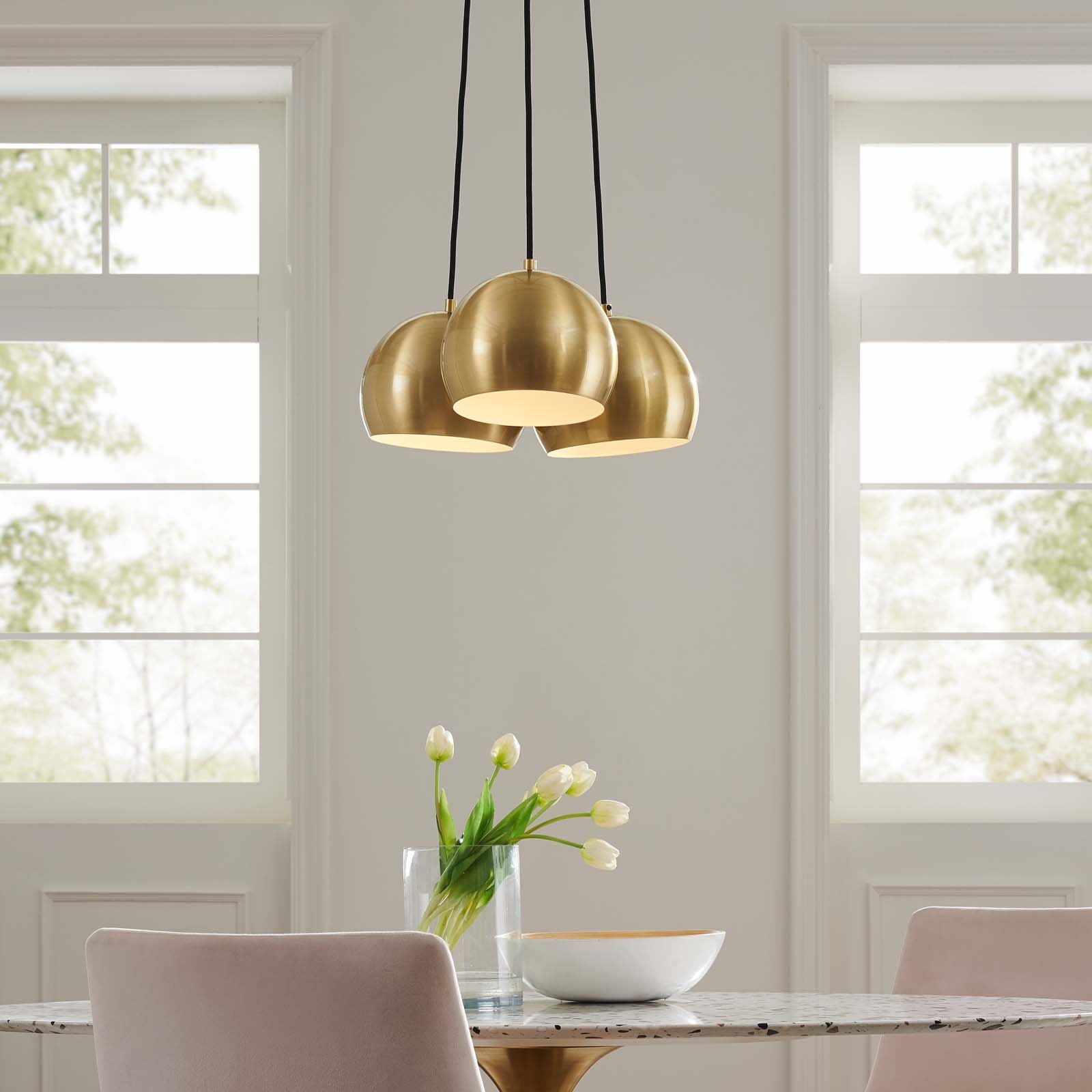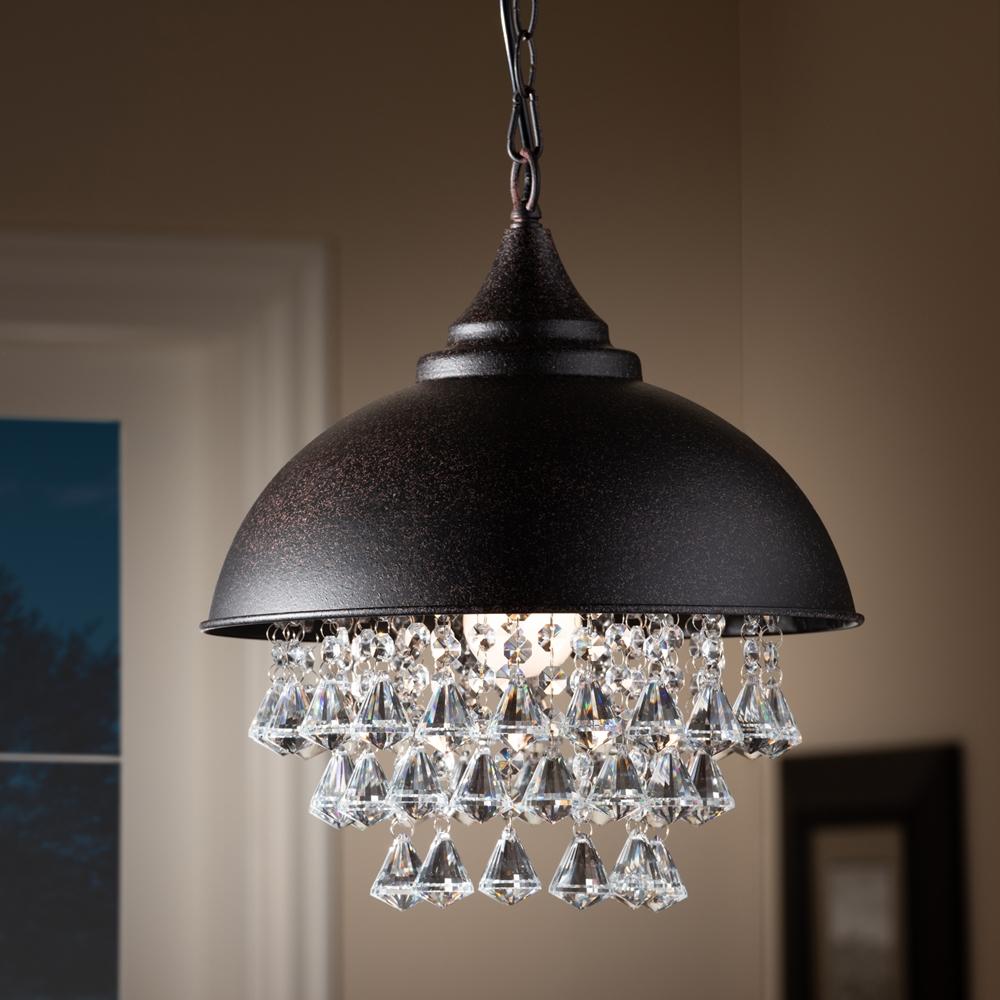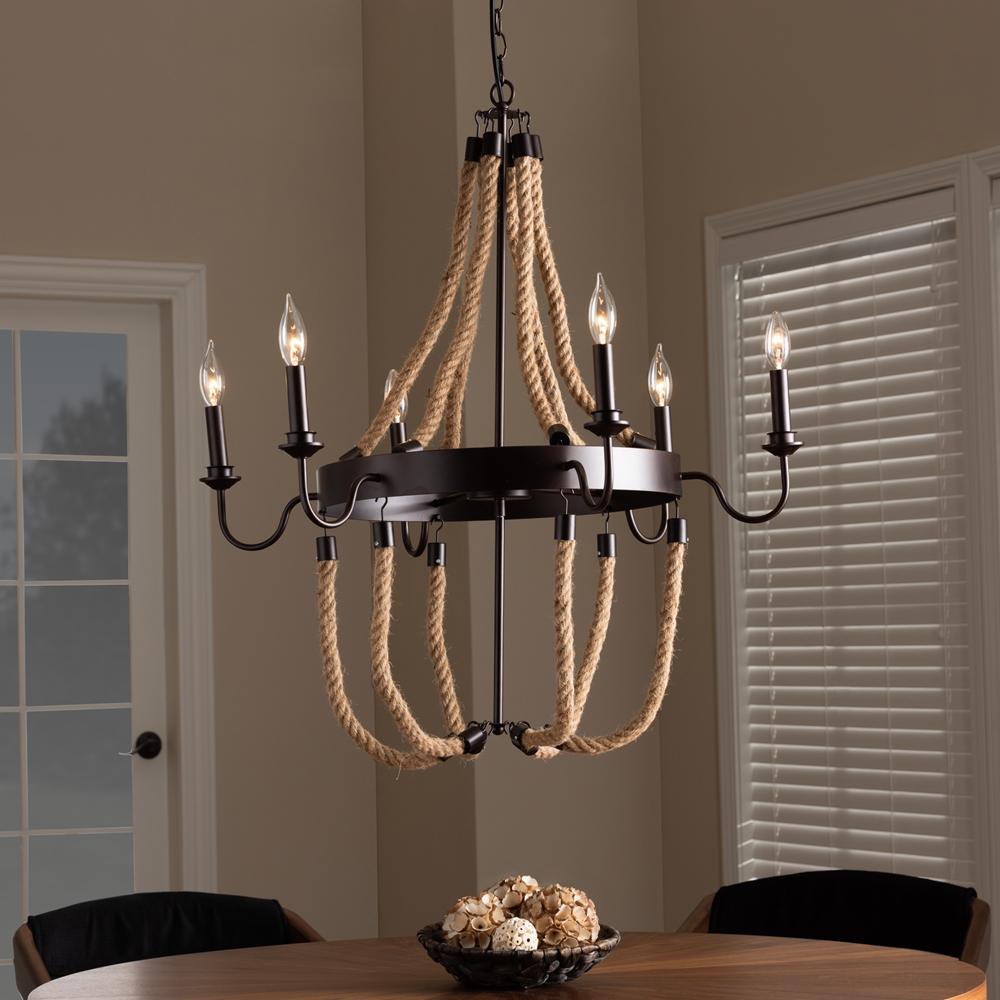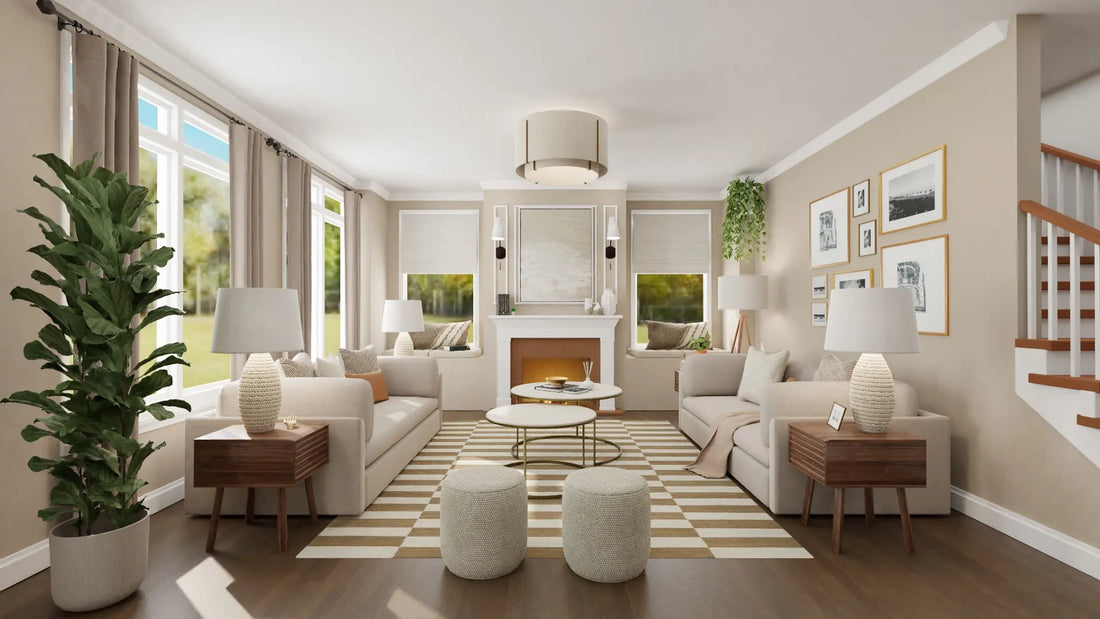Furniture plays a vital role in creating a functional and aesthetically pleasing living space. Whether you're furnishing a cozy apartment, a spacious house, or a professional office, selecting the right furniture is essential. In this article, we'll provide you with valuable tips and insights on how to choose the perfect furniture for every room. From considering size and functionality to matching your style and creating a cohesive look, these guidelines will help you make informed decisions and create spaces that reflect your personality and meet your practical needs.
1. Assessing Room Size and Layout
Before selecting furniture, it's crucial to evaluate the size and layout of the room. Measure the dimensions of the space, including doorways and windows, to ensure that the furniture you choose fits appropriately. Consider the room's shape and layout to determine the best furniture arrangement. In smaller rooms, opt for furniture with a smaller footprint to maximize space. Conversely, larger rooms can accommodate bulkier or more substantial furniture pieces. Additionally, consider the flow of movement within the room and ensure that there is enough space for people to comfortably navigate around the furniture.

2. Determining Functionality and Purpose
Identify the primary purpose of each room and select furniture that aligns with its intended function. For example, in a living room, prioritise comfortable seating options such as sofas and armchairs. Consider the number of people who will typically use the space and choose furniture that can accommodate them. In a dining room, choose a table that can comfortably seat the desired number of people. For home offices, prioritise ergonomic furniture that supports productivity and comfort. Understanding the specific requirements of each room will help you make practical furniture choices.

3. Reflecting Your Style and Personality
Furniture should be an extension of your style and personality. Consider the overall aesthetic you want to achieve in each room. Whether your preference is modern, traditional, eclectic, or minimalist, select furniture that complements your desired style. Pay attention to the materials, colors, and finishes of the furniture pieces, ensuring they harmonize with the existing decor and create a cohesive look. If you're unsure of your style, gather inspiration from interior design magazines, websites, or social media platforms to help you narrow down your preferences.

4. Creating a Cohesive Look
To achieve a cohesive look throughout your home, consider the flow and continuity between rooms. Choose furniture pieces that share similar design elements, such as matching color palettes, materials, or styles. This will create a sense of unity and visual harmony. However, don't be afraid to mix and match different furniture styles strategically to add interest and personality to your space. Incorporate elements like complementary patterns, textures, or accent colors to tie the rooms together. Additionally, consider the overall mood or atmosphere you want to create in each space. For example, a cozy and relaxed living room may benefit from warm and inviting furniture pieces, while a minimalist home office may focus on clean lines and simplicity.

5. Quality and Durability
Investing in furniture that is built to last is essential. Quality and durability are crucial factors to consider when choosing furniture. Look for sturdy construction, high-quality materials, and reputable brands or manufacturers. Pay attention to details such as joinery, upholstery fabrics, and finishes. Furniture made from solid wood or metal frames tends to be more durable than pieces made from particleboard or plastic. Check for warranty or guarantee information to ensure that you're purchasing furniture with confidence. While high-quality furniture may come with a higher price tag, it often pays off in the long run as it withstands wear and tear and maintains its appearance over time.

6. Comfort and Ergonomics
Comfort should be a top priority when selecting furniture, especially for seating and bedroom pieces. Test out furniture pieces before purchasing to ensure they provide the desired level of comfort and support. Sit on sofas and chairs, lie down on beds, and test the ergonomics of office chairs and desks. Consider factors such as seat depth, cushion firmness, and back support. Additionally, for workspaces, opt for ergonomic chairs that promote good posture and adjustable desks that can accommodate your height and preferences. Remember that comfort enhances the functionality of furniture, allowing you and your guests to relax and enjoy the space to its fullest.

Choosing the right furniture for your space involves a thoughtful and considered approach. By assessing room size, determining functionality, reflecting your style, creating a cohesive look, prioritising quality and durability, and focusing on comfort and ergonomics, you can make informed decisions that result in a well-designed and functional space. Remember, furniture should not only be aesthetically pleasing but also serve your practical needs. With these tips in mind, embark on your furniture selection journey and create spaces that truly reflect your personality and enhance your daily life.





